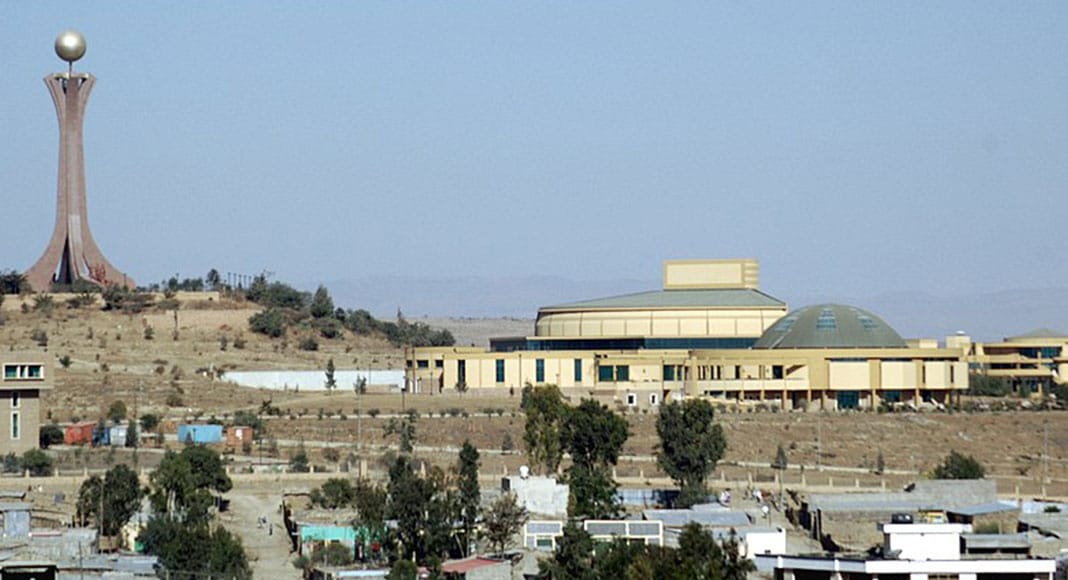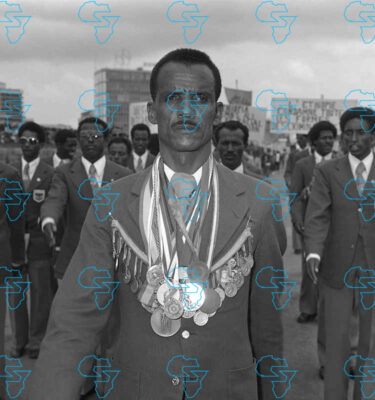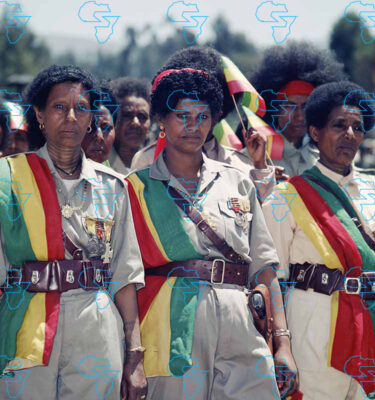
The federal government and the Tigray Interim Administration have selected end of June 2024 as the deadline for the full implementation of the Pretoria agreement, a year and a half after the peace deal was signed.
The new schedule leaves less than two months to finalize the full disarmament of ex-combatants, reinstitution of Tigray’s pre-war borders, and the return of nearly one million IDPs to their homes.
Tadesse Worede (Gen.), vice president of the Tigray Interim Administration (TIA), said the agreement is finally making headway during a media briefing on May 2, 2024. He disclosed federal officials had agreed to a concrete deadline for the comprehensive implementation of the Pretoria agreement.
Tadesse noted that discussions focused on several key issues, including who would undertake the disarmament, the method of disarmament, which administrative bodies would be dissolved, and how displaced persons would be reintegrated.
A detailed plan addressing these issues has been developed, according to him.
– Advertisement –
“Illegal administrative structures and armed groups in Southern Tigray,” specifically regions surrounding Raya and Tselemti, will be dismantled by the end of May, according to Tadesse. A similar process will be carried out in Western Tigray by the end of the following month.
This will allow for the “liberation of the homes and farmlands [of IDPs] and create a secure environment for their return” said Tadesse.
The Pretoria agreement guarantees the protection of civilian and human rights during the repatriation process of IDPs to the region.
Reports indicate that around one million IDPs in Tigray are awaiting resettlement.
Tadesse asserted that certain areas of Tigray are occupied by armed groups opposing the Cessation of Hostilities Agreement (CoHA), while criticizing the “divisive narratives” from factions within Tigray that challenge the agreement’s implementation.
He noted the African Union would lead the monitoring of implementation efforts.
Tadesse said TIA officials had come to an understanding with the federal government.
“There is a misconception that divides people into those who want peace and those who want war. This misconception is a mistake, and we’ve clarified its erroneous nature to the federal government,” he said.
He confirmed that the federal government has committed to implementing the agreement fully, with administrative changes on the way to facilitate this process.
However, Prime Minister Abiy Ahmed (PhD) recently informed Parliament of plans for a referendum in the disputed territories, indicating that a consensus had been reached with the Amhara and Tigray regions. This announcement, made on February 9, 2024, was reiterated by the Government Communication Service, leading to dissatisfaction among TIA officials, who dismissed it as “false.”
The interim administration denied that such an agreement had been reached and cautioned that disputes must be resolved as per the terms of the Pretoria agreement, which calls for a solution based on the Ethiopian constitution, with discussions on sovereignty to follow.
Meanwhile, officials in the Amhara region argue that these territories were historically under Amhara control, only ceded to Tigray when the EPRDF took power three decades ago. This point was reinforced in an Amhara administration statement issued on April 17, 2024, following a recent escalation in hostilities between Amhara and Tigray armed forces in the Southern Tigray Zone.
The Amhara administration accused the Tigray People’s Liberation Front (TPLF) of invading Amhara territories, violating the Pretoria Agreement, and triggering the renewed conflict where TPLF had “abandoned” peace and “invaded” various areas.
Despite these allegations, Tadesse insisted that the Pretoria agreement would be executed “smoothly” without “conflict” from the day it was signed, even though the situation on the ground occasionally differed from this expectation.
Another aspect of the agreement was the DDR plan to demobilize combatants in Tigray following the peace accord.
During a press briefing in Mekelle on February 12, 2024, TIA President Getachew Reda said that “full disarmament in Tigray would only occur under certain conditions.” He noted that over 270,000 fighters under the Tigray Defense Forces (TDF) were still awaiting demobilization and reintegration into society, emphasizing the complexity of the DDR process.
However, newly-appointed Deputy Prime Minister Temesgen Tiruneh said during a media briefing after a visit to Kombolcha last week that the federal government is ready for a “law enforcement operation against Tigray” if the regional administration does not proceed with the DDR process.
The National Congress of Great Tigray (Baitona) released a press statement on May 2, 2024, reporting that Tigray has made considerable progress in disarming its heavy weaponry and has demobilized a significant number of its fighters. Despite these efforts, the statement alleges that certain non-ENDF (Ethiopian National Defense Force) units, which were supposed to withdraw simultaneously, continue to occupy Tigray’s territories.
Additionally, Baitona’s press release raises concerns about comments made by the Deputy Prime Minister regarding the potential resumption of military actions against Tigray.
“We must not dismiss this as merely the personal opinion of one individual; it clearly indicates a broader intention by the federal government to resort to violence again,” the statement reads.
It urges all parties to heed this warning and understand the seriousness of the current situation.
The peace deal signed in November 2022 between Tigrayan forces and the Ethiopian government initially sparked hope that stability might return to northern Ethiopia. The agreement to end hostilities in Tigray not only sought to cease conflict but also aimed to restore normalcy in the region.
The agreement outlined several key steps, including the withdrawal of non-ENDF troops from Tigray, restoring of the constitutional order in the region, disarmament, demobilization, and reintegration (DDR) of combatants, and the return of internally displaced persons (IDPs) and refugees to the region, among others.
Even with the peace agreement and a slow crawl toward implementation, the situation remains tense and there still seems to be much that stands in the way of lasting peace in the region. Tadesse’s press briefing this week indicates the agreement is finally making headway.
.
.
.
#Fed #Tigray #Admin #Set #Twomonth #Deadline #Pretoria #Deal #Implementation
Source link











